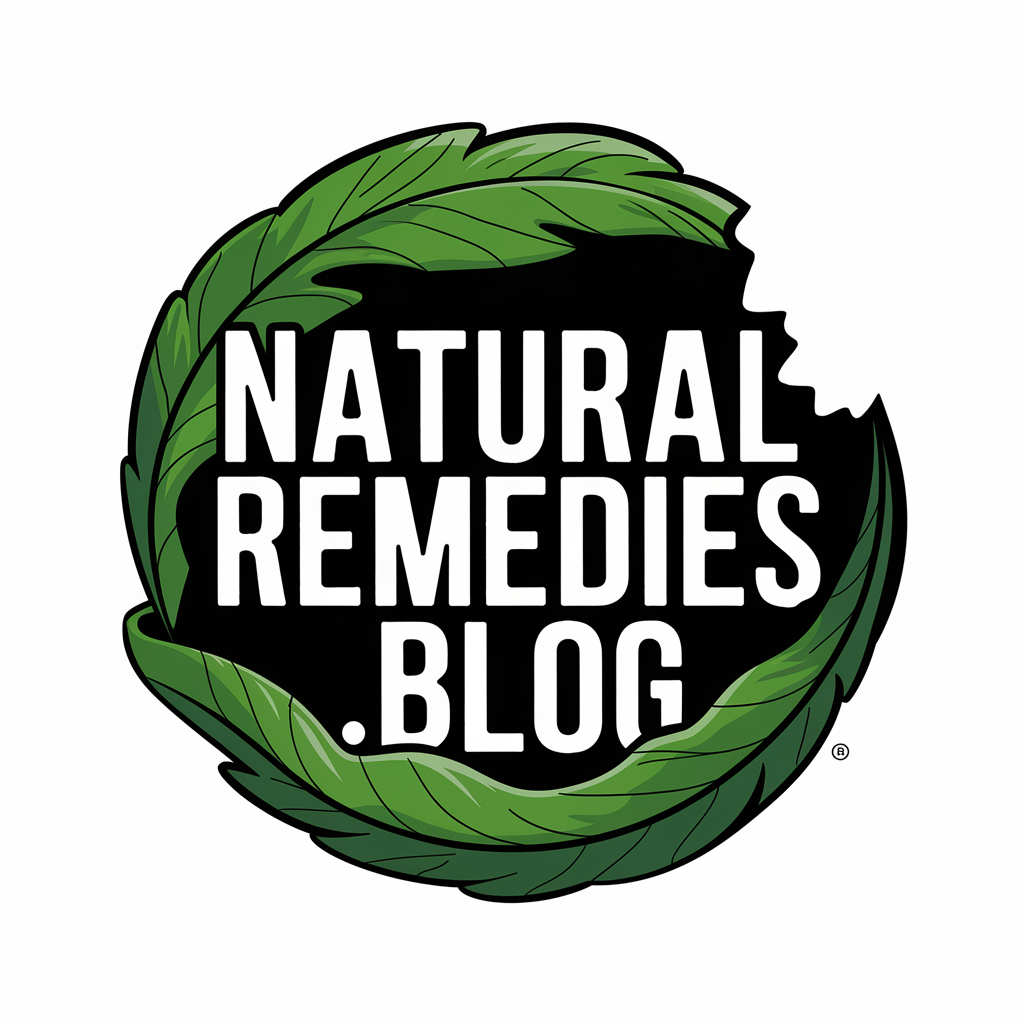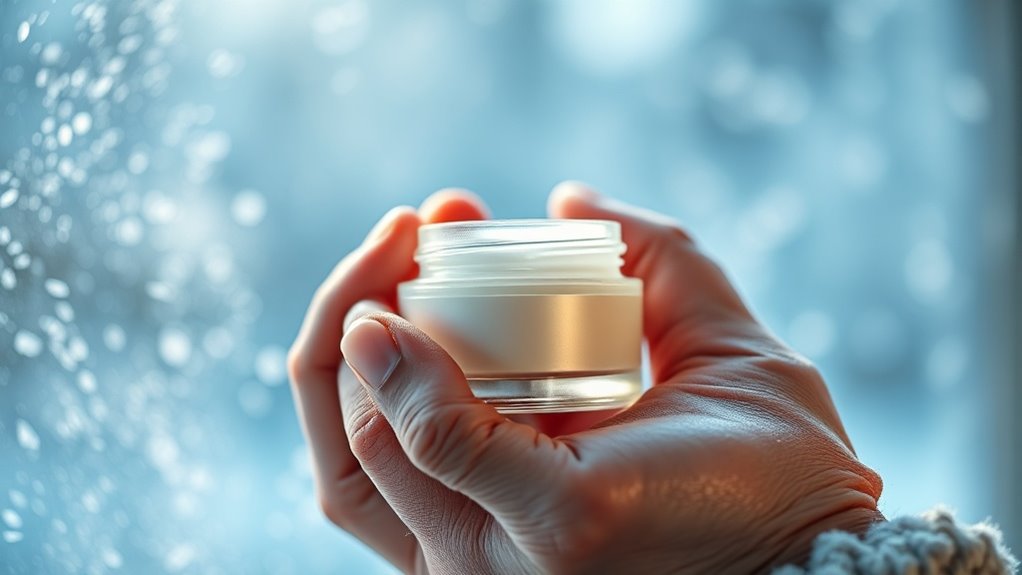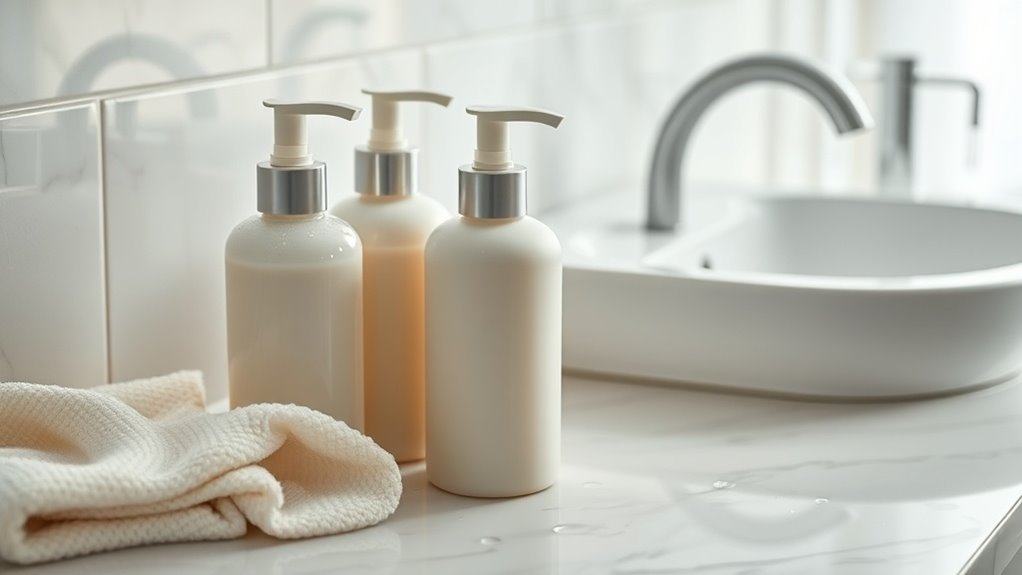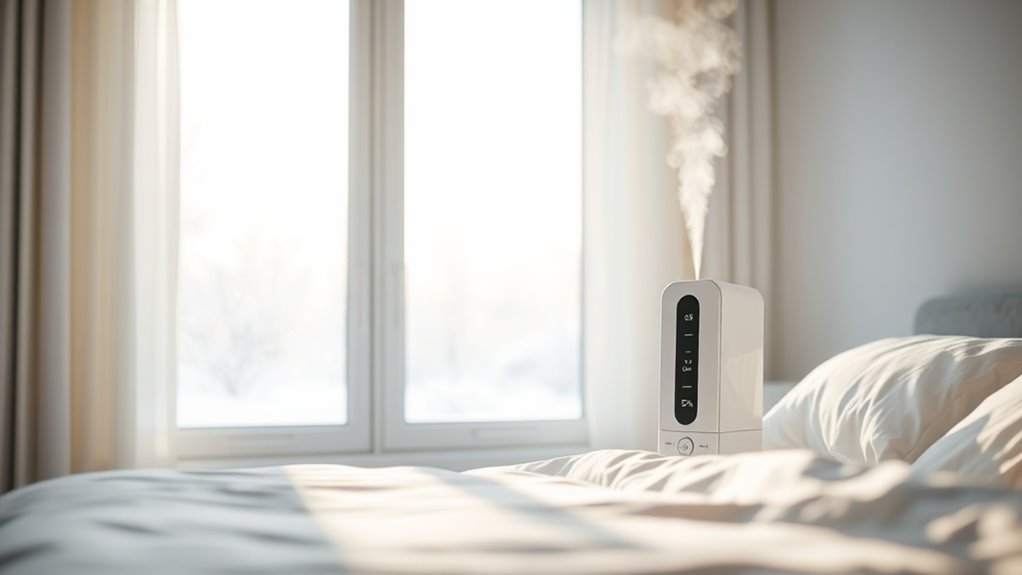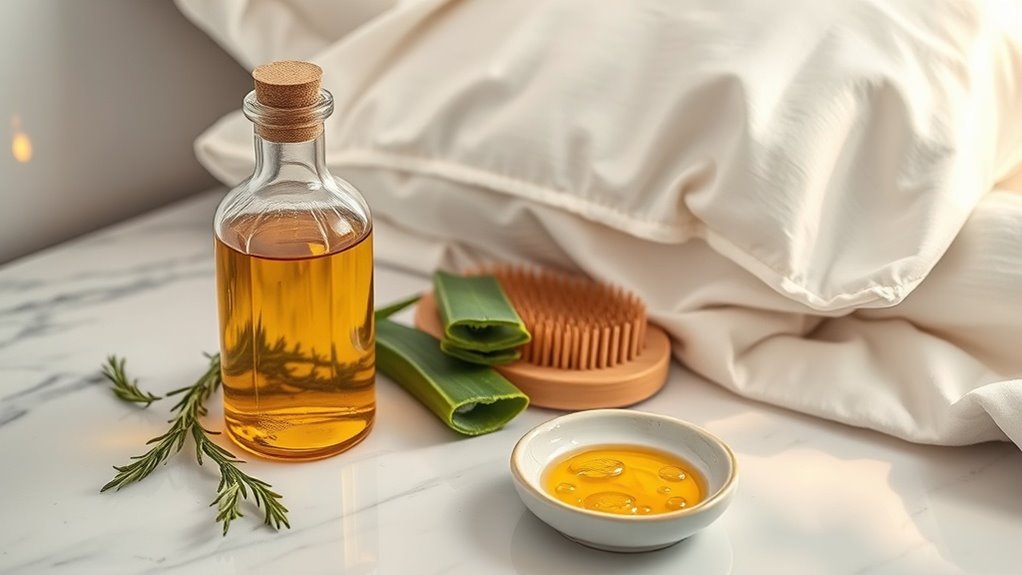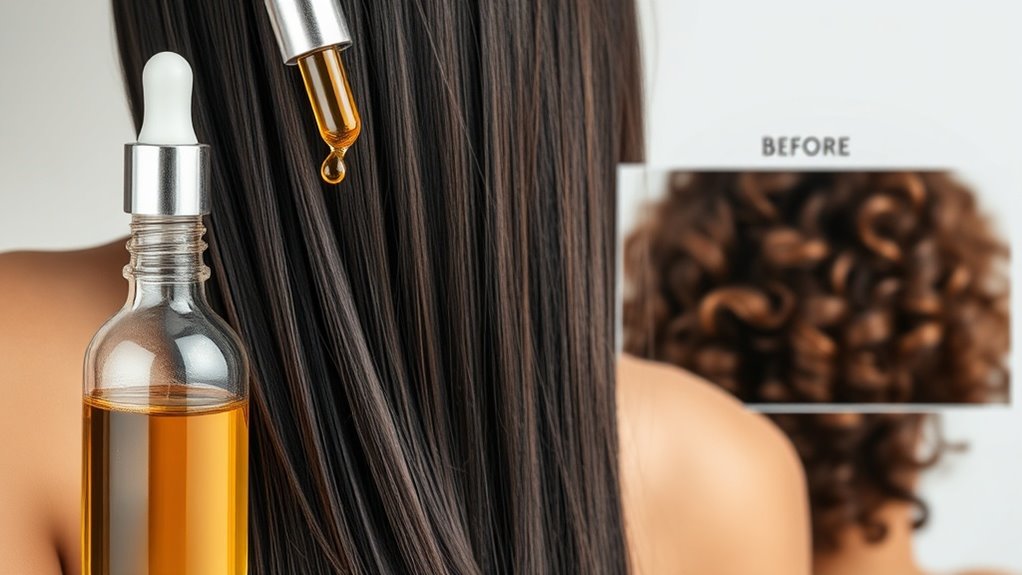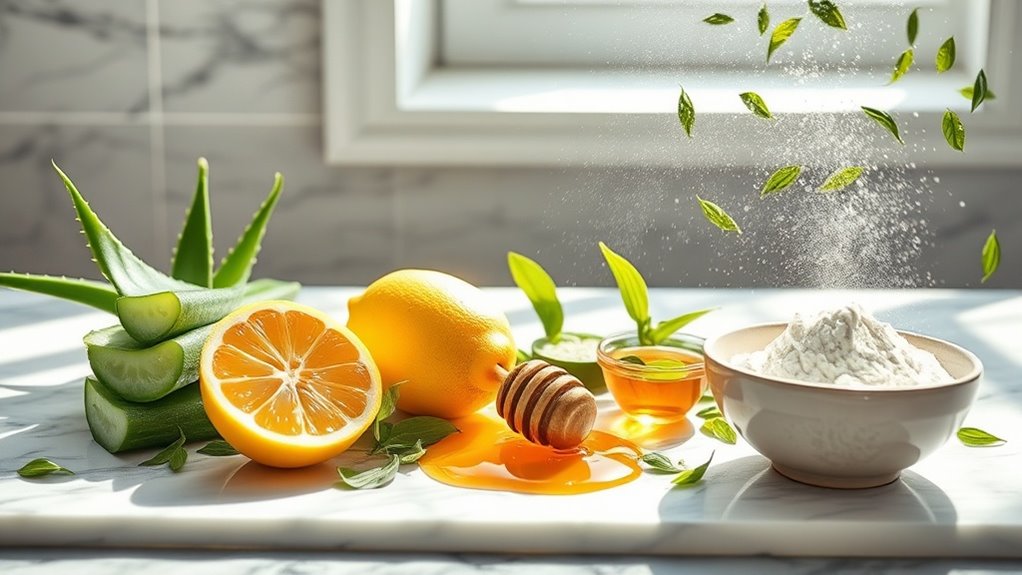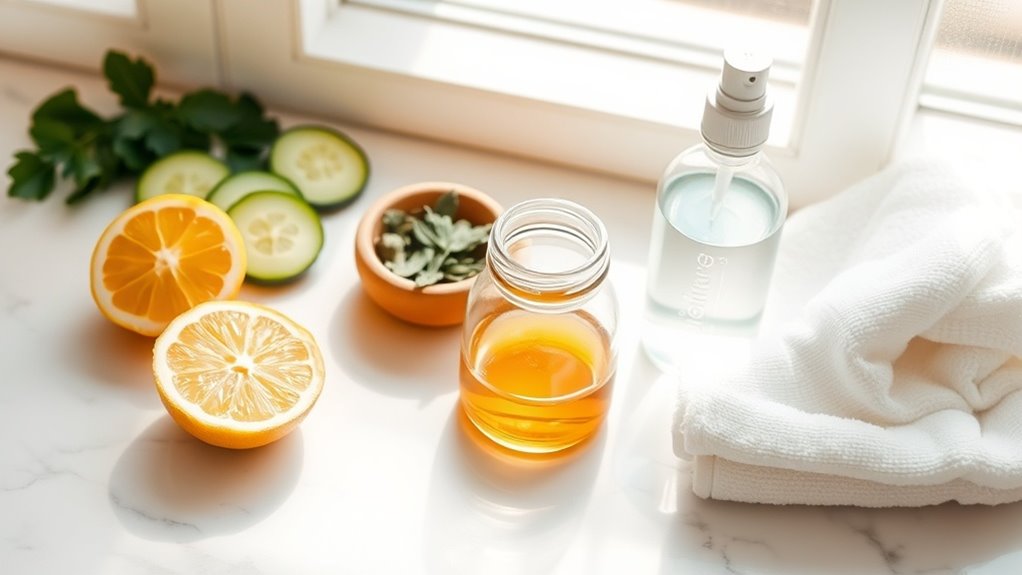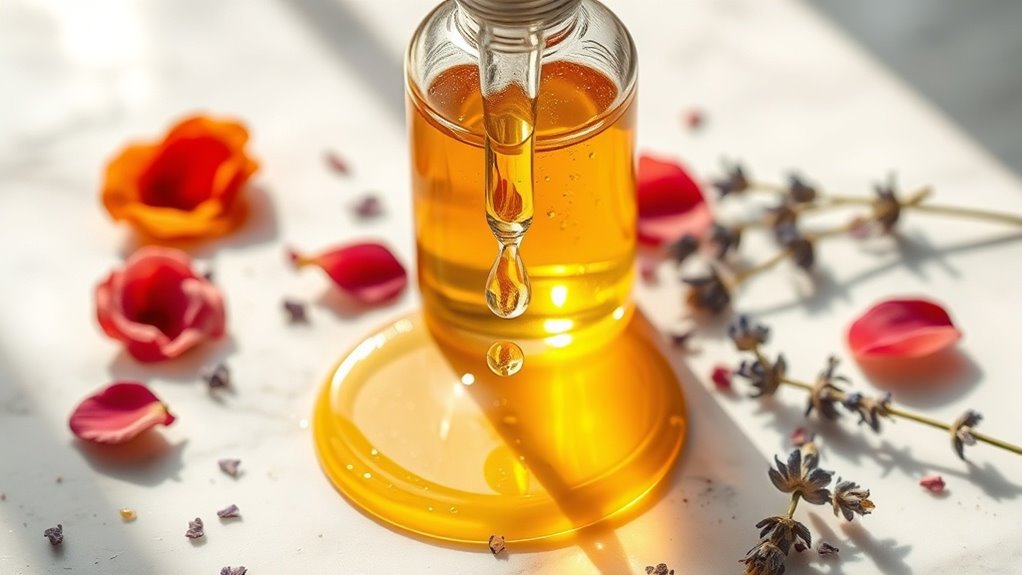What Are 8 Dry Skin Care Tips for Harsh Winter Weather.
Your skin feels tight after washing your face, and no amount of lotion seems to help anymore. The solution isn’t complicated: eight simple tweaks to your routine—most taking less than two minutes—can help restore your skin’s moisture barrier and may ease that uncomfortable winter dryness. You don’t need to buy out the skincare aisle or wait weeks for results. These practical adjustments work with products you likely already own, and your skin may start feeling more comfortable within days. Here’s what actually makes a difference.
Switch to Gentle, Hydrating Cleansers That Won’t Strip Your Skin’s Natural Oils
When winter arrives, your regular foaming cleanser becomes your skin’s worst enemy. Those sulfates and harsh detergents strip away protective oils your skin desperately needs during cold months. You’ll want to swap them for cream-based or oil-based formulas that cleanse without compromising your moisture barrier.
Look for ingredients like ceramides, glycerin, and hyaluronic acid in your cleanser. These components support effective dry skin care while maintaining hydration levels. Skip products with alcohol, artificial fragrances, and strong surfactants—they’re too aggressive for winter conditions. Choose lukewarm water over hot, and pat your face dry gently instead of rubbing vigorously. Consider adding niacinamide and peptides to your routine, as these ingredients work to strengthen the moisture barrier and protect against environmental damage.
Master the 3-Minute Rule: Apply Moisturizer Immediately After Showering
Your cleanser choice matters, but timing your moisturizer application can make an even bigger difference in combating winter dryness. Apply moisturizer within three minutes of stepping out of the shower while your skin’s still damp. This locks in moisture that water deposits on your skin’s surface, creating a protective barrier against harsh winter air.
Pat yourself dry instead of rubbing vigorously, leaving skin slightly moist. Then immediately smooth on a rich, emollient moisturizer using upward strokes. This technique traps hydration in your skin rather than letting it evaporate, maximizing your moisturizer’s effectiveness throughout the day. For maximum benefit, layer your products from thinnest to thickest consistency, waiting 30 seconds between applications to allow each product to properly absorb and work with your skin’s moisture barrier.
Invest in a Humidifier to Maintain 40-60% Indoor Humidity Levels
Winter’s dry air strips moisture from your skin, but maintaining indoor humidity between 40-60% creates a protective barrier against dehydration. You’ll need to select a humidifier that matches your space size and personal needs—cool mist, warm mist, or ultrasonic models each offer distinct advantages.
Understanding the optimal humidity range and choosing the right device will transform your indoor environment into a skin-friendly sanctuary. Consistent proper humidity levels work alongside your skincare routine to support the skin’s natural moisture barrier and prevent painful cracks and fissures that commonly develop during winter months.
Optimal Humidity Range Benefits
Maintaining indoor humidity between 40-60% creates an environment where your skin can retain moisture naturally and resist the drying effects of heated air.
This optimal range delivers multiple benefits:
- Reduces transepidermal water loss – Your skin’s protective barrier functions more effectively, preventing moisture evaporation
- Minimizes irritation and flaking – Adequate humidity keeps your skin supple and reduces uncomfortable tightness
- Prevents respiratory issues – Moist air protects your nasal passages and throat from drying out
- Improves sleep quality – Comfortable humidity levels reduce nighttime skin itching and breathing difficulties
You’ll notice softer, more hydrated skin within days of achieving this balance.
Choosing the Right Humidifier
Several humidifier types can help you maintain that crucial 40-60% humidity range, but they’re not created equal. Cool mist humidifiers work best for larger spaces and won’t raise your room temperature, making them ideal if you’re already bundling up in layers.
Warm mist models boil water before releasing steam, killing bacteria in the process—though they’ll slightly warm your room and cost more to operate. Ultrasonic humidifiers use vibrations to create a fine mist and run whisper-quiet, perfect for bedrooms where you need uninterrupted sleep. Choose your humidifier based on room size, noise tolerance, and energy costs to maximize winter skin protection.
Replace Hot Showers With Lukewarm Baths Limited to 5-10 Minutes
Although a steaming hot shower might feel incredible on a cold winter day, it’s one of the worst things you can do for dry skin. Hot water strips away your skin’s natural oils, leaving it parched and irritated.
Here’s how to adjust your bathing routine:
- Lower the temperature to lukewarm instead of hot
- Limit your time to 5-10 minutes maximum
- Use gentle, fragrance-free cleansers sparingly
- Pat yourself dry immediately and apply moisturizer while skin’s still damp
These simple changes will help preserve your skin’s protective barrier throughout winter. For best results, apply your moisturizer within 60 seconds of cleansing to lock in maximum hydration while your skin is still damp.
Protect Your Skin Barrier With Appropriate Winter Clothing and Accessories
Your clothing choices directly impact how well your skin retains moisture during winter months. Strategic layering with breathable fabrics creates insulation without trapping sweat that can dry out your skin.
Quality winter accessories like gloves and scarves shield vulnerable areas from harsh winds and frigid temperatures that strip away your skin’s natural protective oils. Don’t overlook UPF-rated clothing as an additional layer of protection, since UV damage occurs even on cloudy winter days and can further compromise your skin barrier.
Choose Breathable Fabric Layers
When temperatures drop, the clothing you wear directly impacts your skin’s ability to retain moisture and maintain its protective barrier.
Select breathable fabrics that allow perspiration to escape while protecting against cold. Here’s what works best:
- Cotton base layers wick moisture away from skin, preventing irritation and dryness
- Merino wool regulates temperature without trapping sweat against your body
- Bamboo fabrics offer natural moisture-wicking properties while staying soft
- Avoid synthetic polyester directly against skin, as it traps heat and moisture
Layer strategically so you can adjust throughout the day. Remove heavy items indoors to prevent overheating and excess sweating, which depletes skin moisture.
Cover Exposed Skin Areas
While choosing the right fabrics forms your first line of defense, winter wind and cold air can quickly damage any skin you leave unprotected. Shield your face with a soft scarf, ensuring it covers your cheeks and neck without irritating sensitive skin.
Invest in insulated gloves to protect your hands from cracking and chapping. Don’t forget a warm hat that covers your ears, where skin is particularly thin and vulnerable. Apply moisturizer before covering up, creating a protective barrier beneath your accessories.
Reapply lip balm throughout the day, as your lips lack oil glands and dry out fastest.
Invest in Quality Gloves
Because hands contain fewer oil glands than most body parts, they’re especially susceptible to winter’s harsh effects and need protection beyond what standard accessories provide.
When selecting gloves, prioritize these features:
- Moisture-wicking liners that pull sweat away from skin, preventing dampness-related irritation
- Natural materials like leather or wool that allow breathability while blocking wind
- Extended cuffs that overlap with coat sleeves, eliminating exposed wrist gaps
- Multiple pairs for different activities so you’ll always have dry gloves available
Apply hand cream before wearing gloves to create a protective barrier and lock in moisture throughout the day.
Increase Water Intake and Monitor Your Hydration Throughout the Day
Although topical moisturizers play a crucial role in winter skin care, they can’t compensate for internal dehydration. You’ll need to drink adequate water throughout the day to maintain your skin’s moisture from within. Cold weather often suppresses thirst, causing you to drink less than your body requires.
Set hourly reminders on your phone to sip water regularly. Track your intake using a marked water bottle to ensure you’re meeting daily hydration goals. Herbal teas and water-rich foods like cucumbers and oranges also contribute to hydration. Monitor your urine color—pale yellow indicates proper hydration, while darker shades signal you need more fluids. Proper hydration also supports your body’s natural processes, including the circadian rhythm that regulates cellular repair and skin regeneration during sleep.
Time Your Exfoliation Correctly to Avoid Over-Stripping Vulnerable Winter Skin
Even when your skin feels rough and flaky during winter, you can’t simply scrub away the problem with aggressive exfoliation. Over-exfoliating strips your skin’s protective barrier, making dryness worse.
Instead, adopt these strategic timing practices:
- Limit exfoliation to once or twice weekly rather than daily sessions
- Choose evening exfoliation so your skin can recover overnight
- Wait 24 hours after exfoliating before applying active ingredients like retinol
- Skip exfoliation entirely if your skin shows irritation or extreme dryness
You’ll maintain smoother skin without compromising your moisture barrier when you’re mindful about exfoliation frequency and timing.
Apply Overnight Treatment Masks With Ceramides and Hyaluronic Acid for Deep Repair
While your skin works hardest to repair itself during sleep, overnight treatment masks amplify this natural renewal process by delivering concentrated ingredients when your skin is most receptive. Ceramides strengthen your skin’s protective barrier, preventing moisture loss throughout the night. Hyaluronic acid attracts and holds water molecules, plumping dehydrated cells from within.
Apply these masks two to three times weekly on clean skin. Use gentle, upward strokes to massage the product in, allowing full absorption. You’ll wake with softer, more hydrated skin that’s better equipped to withstand winter’s harsh conditions. Layer these treatments under your regular moisturizer for enhanced results.
